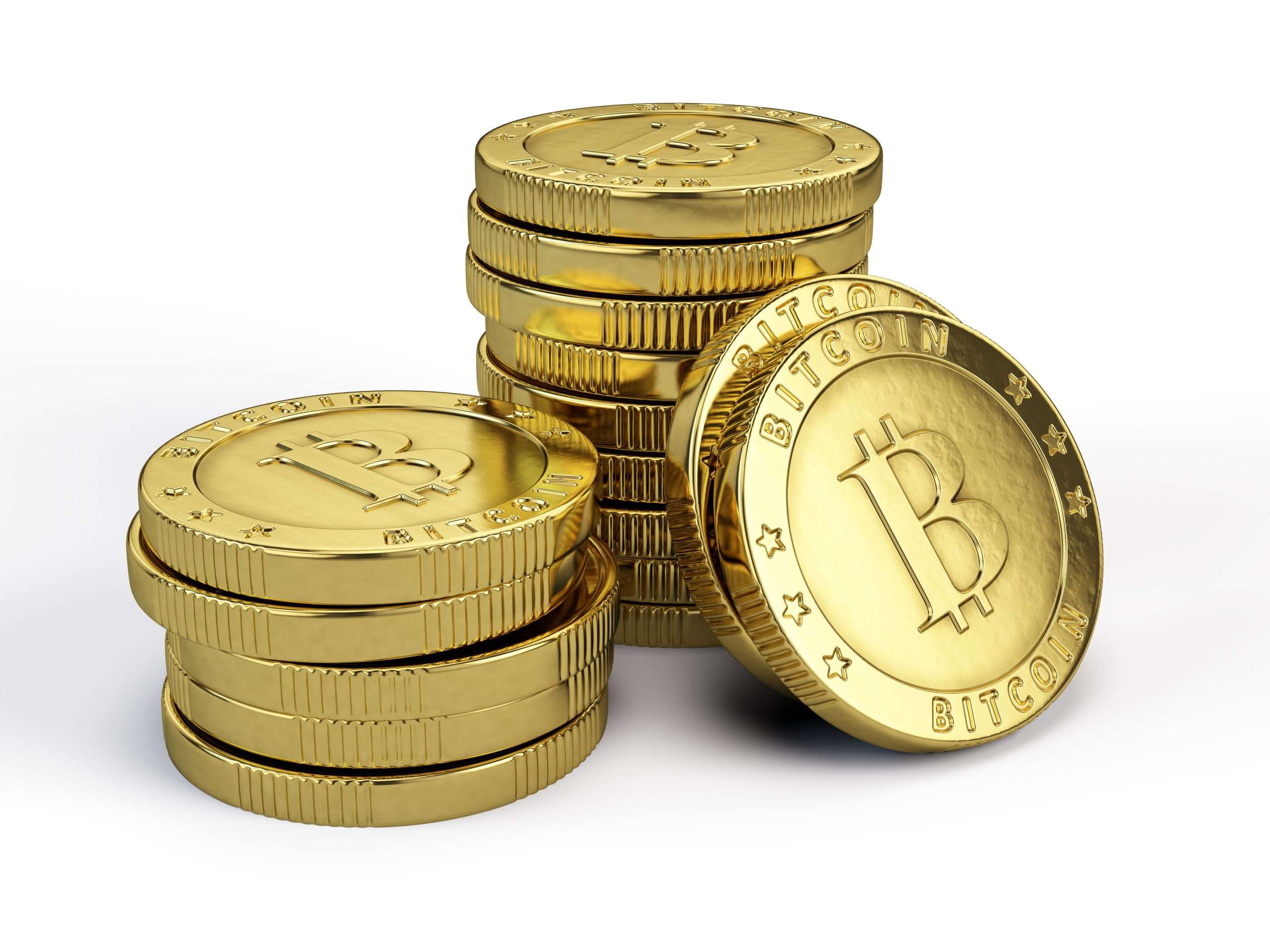 Dollar hits multi-year highs vs euro and yen, Aussie sags on China data
Dollar hits multi-year highs vs euro and yen, Aussie sags on China data
By Shinichi Saoshiro
TOKYO, March 10 (Reuters) – The dollar hit an eight-year high versus the yen and scaled a near 12-year peak against the euro on Tuesday, as the underlying theme of monetary policy divergence held sway.
Giving the greenback an extra lift in the Asian session, the Australian dollar sagged to a five-week low after a measure of Chinese producer prices showed the risk of deflation rising in the world’s second-largest economy. (Full Story)
The dollar received a firm boost late last week as a strong U.S. jobs report helped cement expectations the Federal Reserve will raise interest rates as early as mid-year.
The European Central Bank and Bank of Japan, in contrast, remain deeply committed to monetary easing with the former having just started its 1 trillion euro bond buying programme on Monday.
The dollar rose as high as 122.04 yen JPY=, the highest since July 2007, after bouncing from an overnight low of
120.615.
“Monetary policy divergence and a weak euro already support the dollar, and a rise by equities – and thus enhanced risk appetite – will be key for further gains. The dollar will look to build a foothold above 122 yen depending on how U.S. stocks fare later in the session,” said Junichi Ishikawa, market analyst at IG Securities in Tokyo.
The dollar index reached a new 11-1/2-year high of 98.196 .DXY, having gained about 3 percent so far this month.
A lot of speculative bids from short-term players are likely to support the dollar until next week’s FOMC (Federal Open Market Committee), when the Fed could drop the word ‘patient’, said Kyosuke Suzuki, director of forex at Societe Generale in Tokyo.
Any move to exclude “patient” from the Fed’s statement after its March 17-18 policy meeting in the wake of strong employment would be seen as paving the way for an earlier rate hike.
Amid such expectations a significant overnight drop in U.S. Treasury yields, usually a negative factor for the dollar, failed to douse the greenback’s strength.
The euro stooped to $1.0785 EUR=, lowest since September 2003, after an overnight spike to 1.0906 fizzled out.
In addition to the decline in yields of key euro zone debt like German bunds following the ECB’s bond-buying launch, the common currency was also weighed down by continuing uncertainty over Greece’s debt situation.
Finance experts from Greece will open talks about economic reforms on Wednesday with officials from the European Union, the European Central Bank and the International Monetary Fund with the aim of unlocking further funding. (Full Story)
Already on the back foot from the U.S. currency’s broad strength, the Australian dollar sank to a five-week low of $0.7630 AUD=D4 in the wake of the lacklustre Chinese producer price data.
The Aussie often trades as a proxy to China’s economic performance.
Its appeal hurt after the Reserve Bank of Australia cut rates to a record low last month, a drop below $0.7627 would take the Aussie to a six-year trough.










Add comment